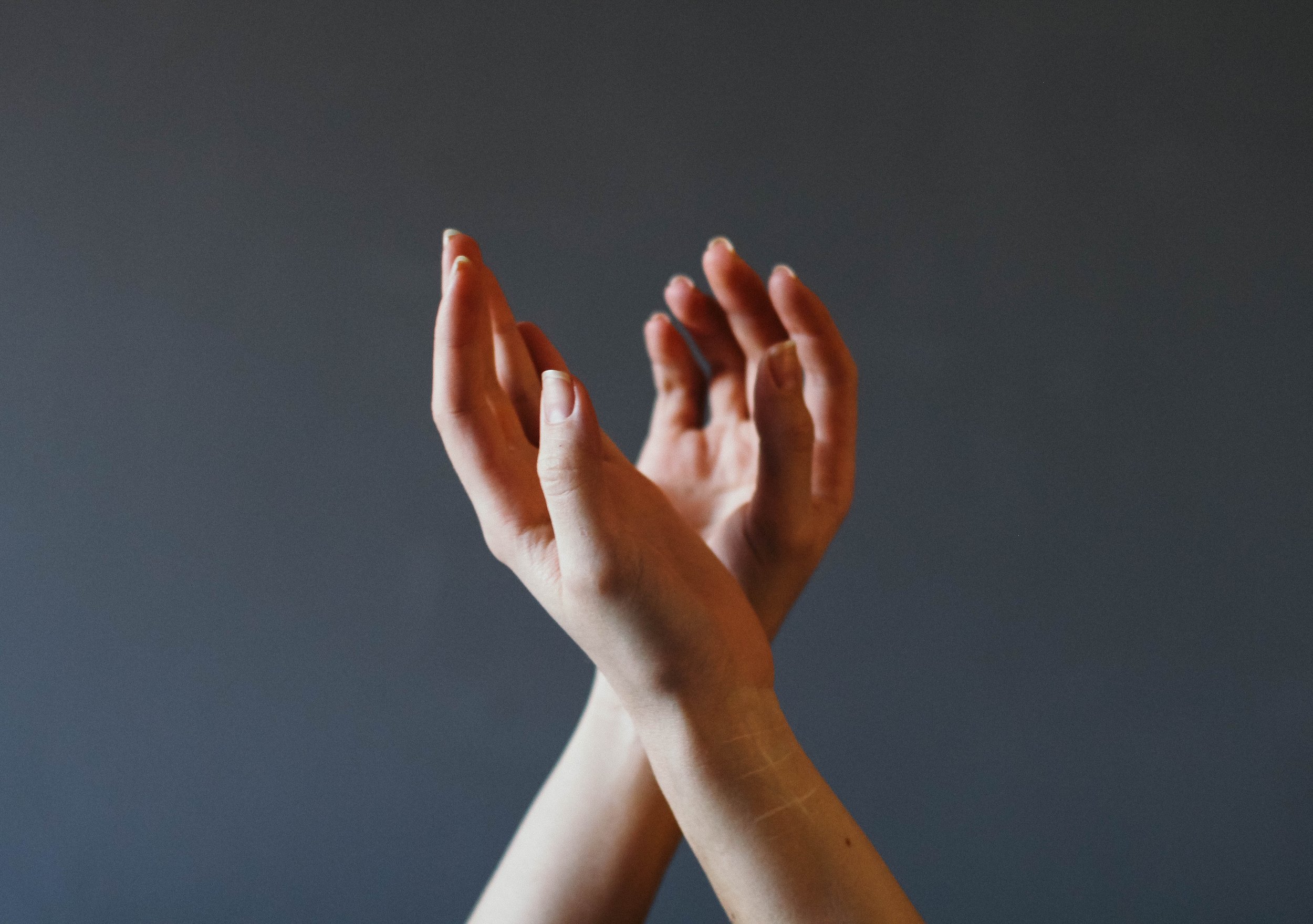Insights in Body Consciousness
Listen- we’ve all been there.
You get hung up on a situation and though time keeps marching on, you still find yourself going ‘round and ‘round with the same problem.
Maybe you’re playing the situation on repeat in your head? Bringing it up repeatedly in conversations with friends or family? Spending years in talk-therapy to deal with these issues, but never feeling better?
You might feel like you’ve examined the situation from all angles, yet still feel just as anxious, depressed, angry, or numb as you did at the start- if not worse.
There’s a reason for that.
Analyzing emotions is not healing.
In any kind of self-inquiry work it’s common to naturally default towards analyzing and dissecting your emotions with your mind. In fact, this is what so much of traditional talk-therapy modalities are all about.
Learning why you feel the way you do can be enlightening. However, getting stuck in these analytical spaces creates a barrier to you actually feeling and experiencing those emotions viscerally- in the body.
Healing requires feeling emotions, not thinking them.
But what happens when you can’t just feel?
When because of trauma, chronic stress, or burnout you become so disconnected that you lose the internal, felt sense of what it’s like to live inside your body?
If this is you, know that you are not lost.
Body awareness is a skill that needs to build gradually over time. If we experience things too quickly and deeply, we might be overwhelmed, leading us to further suppress our internal experience or dissociate.
Developing capacity for body awareness is tricky at first. It may be helpful to know how universally difficult body sensing is. In other words- being a professional dancer or athlete does not automatically make the job of sensing your body from the inside any easier. This can be a challenging task, no matter who you are! Yet, just below the surface there is a whole world of information to uncover. Information that quite literally can hold the key to our healing journey, if only we learn to listen.
It can be helpful to enter into this type of body-consciousness practice with a “marathon vs. a sprint” mindset. It takes lots of determination and patience to practice feeling into the actual sensate feelings that take place under our skin. There is no rush here. Take all the time you need.
The goal of practicing body consciousness is not to reach any particular destination. Rather, the objective is more akin to a journey. What is there to uncover each and every time you practice exploring your internal landscape with wonder and curiosity? What felt sense is there to discover?
The following is a practice to experiment with if you are just starting to dip your toes in the water of connecting with your body consciousness and felt sense. The following exercise comes from the book In An Unspoken Voice: How the Body Releases Trauma and Restores Goodness written by Peter Levin, PhD, founder of Somatic Experiencing. As mammals the very stability of our nervous system depends on the support from a safe other. While there are benefits to practicing the following exercise alone, you may find it more beneficial to practice in the presence of another person. Feel free to record yourself reading this exercise, pausing for 10 seconds between questions to give yourself time to notice what is present for you as you turn your attention inwards.
Wandering Inward
Awareness on the body as a whole is the object of this exercise. Let your attention leisurely wander throughout every part of your body. Without judgment of good/bad, right/wrong simply note what parts you are able to feel. To what degree does your body exist for you? Initially, you might be surprised you don’t actually feel a part of your body, even an area as large as your pelvis or hips. Of the parts of your body you can feel, you might first notice areas that are uncomfortable, tight, or painful. You may also experience twitches and twinges. These uncomfortable feelings may turn out to be an entryway to a deeper sensing of your body.
Next bring your attention to tension in your muscles, without trying to change them in any way. Let the tension be there. You may want to try to relax them prematurely. It’s important though to let the tension remain and follow the tension as it changes spontaneously. Notice, now your skin sensations: can you feel your body as whole? Can you feel where your head is in relation to your neck and shoulders? Can you feel your chest from front to back?
How does your breathing feel? Can you sense if your breath feels full and easy, or whether it gets “stuck” in your chest, throat, or belly? Do you sense your ribs expanding and contracting with your breath? Can you feel your legs- or at least part of them? Next try to locate your genitals. Note what happens as you focus upon them.
I encourage you to offer yourself patience, compassion, and non-judgment as you practice becoming reacquainted with your body, including the parts that may have felt lost or abandoned for some time. Although we may “know” where parts of our bodies are, it may take some time to actually feel them. There is a profound difference between the mental image you hold of yourself in your mind, and your actual physical/bodily sense of yourself.
If this experience feels challenging for you, try to accept the resistance and blockages as part of the journey of discovery, rather than forcing it or pushing them away. It can help to preface your observations with “Now I am aware of…” or “Now I am experiencing…” as a way to establish an attitude of exploring and self-acceptance. There’s nothing here you are trying to force or change. Simply observing what you are sensing is the goal!

